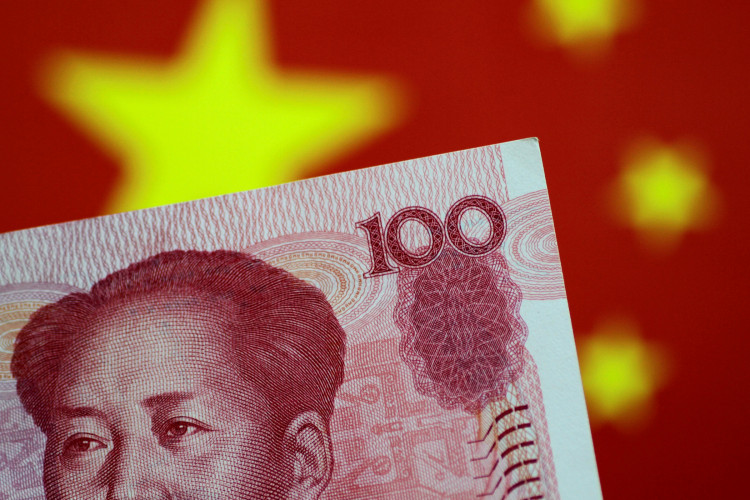China's fiscal landscape showed signs of strain as fiscal revenue declined by 2.7% in the first four months of 2024 compared to the same period last year. This follows a 2.3% drop in the first quarter, highlighting an uneven economic recovery. The Ministry of Finance data released on Monday further indicated that fiscal expenditure rose by 3.5% during the same period, up from a 2.9% increase in the first quarter.
April's figures were particularly telling, with fiscal revenue dropping 3.7%, a sharper decline than March's 2.4% fall. Conversely, fiscal spending increased by 6.1% in April, compared to a 2.9% decrease in March, according to Reuters' calculations based on ministry data. The Ministry noted that, excluding last year's high base and tax cut policies, fiscal revenue actually grew by 2% in the first four months.
China has set an ambitious target of around 5% economic growth for the year. However, analysts are skeptical about achieving this goal, citing prolonged weaknesses in the property sector and lukewarm consumer demand as significant drags on the economy. While factory output exceeded expectations in April due to improved external demand, retail sales unexpectedly slowed, and the property sector continued to weigh heavily on economic performance, prompting calls for Beijing to take more supportive measures.
Compounding these economic challenges, China's capital outflows surged to their highest levels since 2016 in April. This trend reflects growing headwinds for the yuan amid a weak domestic economy and uncertainties surrounding the Federal Reserve's rate trajectory. Local firms purchased the largest amount of foreign exchange from banks since 2016, while exporters withheld dollar conversions, and residents increased their foreign currency purchases for overseas travel.
The People's Bank of China has attempted to maintain the yuan within a tight range, but the task is complicated by the uncertain timing and extent of anticipated Fed rate cuts this year. Goldman Sachs economists, including Xinquan Chen, noted that policymakers are likely to maintain strict control to fend off depreciation expectations through strong yuan fixing and offshore liquidity management.
In April, Chinese banks sold a net $36.7 billion of foreign exchange to their clients, the highest since December 2016. This indicates a cautious outlook on the yuan, as China's relatively low interest rates compared to the U.S. favor the dollar. Additionally, investors showed a preference for foreign-exchange assets under the capital account, reflecting optimism about securities not denominated in yuan. The current account was also unsupportive of the yuan, showing a rare net purchase of foreign currencies, driven by a service deficit linked to outbound travel.
"Exporters have a higher tendency to hold foreign currency instead of yuan, given the weak expectation of China's economic growth and continuous capital outflow," said Dan Wang, chief economist at Hang Seng Bank China Ltd.
Moreover, Chinese banks wired a record $29.5 billion worth of funds overseas on behalf of clients for direct investment in April. This measure includes both foreign investment into China and China's outbound investment. Bloomberg analyst Gerard DiPippo suggested that the collapse in China's foreign direct investment inflows may reflect higher interest rates in the U.S. rather than a diminishing interest in China. Non-resident firms, including Chinese firms with Hong Kong offices, may have moved cash offshore to benefit from higher yields.
In response to these economic pressures, China unveiled measures on Friday to facilitate up to 1 trillion yuan ($138 billion) in funding and ease mortgage rules, with local governments set to buy "some" apartments. The central bank also announced a 300 billion yuan relending facility for state-owned enterprises to purchase completed and unsold homes at "reasonable prices" for affordable housing.
While these steps represent significant efforts to stabilize the property sector and broader economy, analysts remain cautious. They note that the scale of financing offered pales in comparison to the estimated trillions of yuan worth of housing inventory across the country. As Macquarie's chief China economist Larry Hu stated, "Given its limited size and the various challenges in execution, it alone is unlikely to solve the problem."






